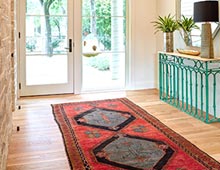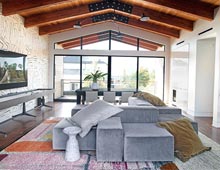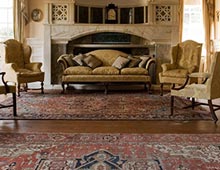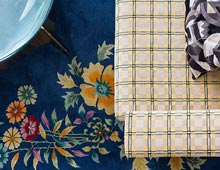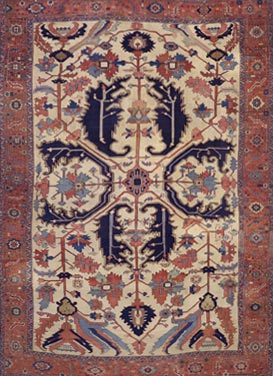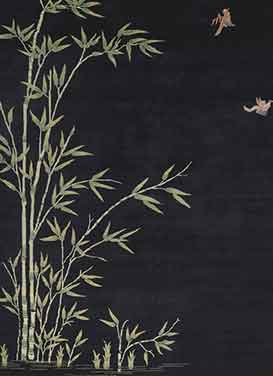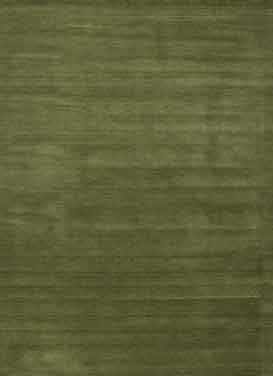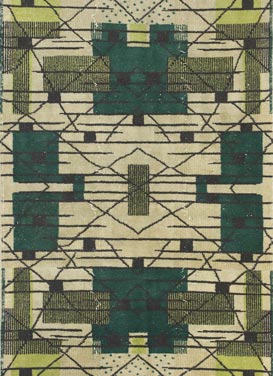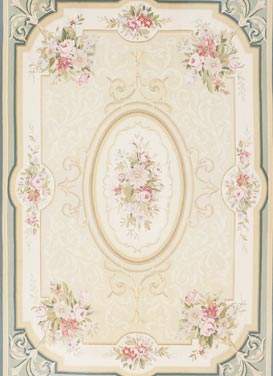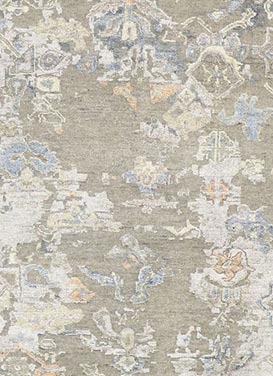- Inquiry
Description
21365 Vintage Moroccan Beni Ourain Rug. 06'02 x 10'05.
Emerging from the revered Beni Ourain tribe, a cornerstone of Morocco's rich Berber heritage, these Moroccan rugs are painstakingly crafted with unwavering attention to detail using untreated sheep's wool, a testament to their distinctive and unpretentious design ethos. Decorated with geometric motifs like understated diamond or lozenge shapes, these rugs delicately enhance serene settings, often draped in hues of soothing beige or creamy tones. The meticulous weaving of natural sheep's wool infuses these extraordinary pieces with an undeniable vitality and charm, breathing life into their intricate patterns.
Infused with the essence of Shibui, this hand-knotted wool vintage Beni Ourain Moroccan rug epitomizes Midcentury elegance and refined simplicity. Its plush pile and modern tribal design create a captivating vision of woven beauty that draws the eye with its graceful allure.
The abrashed field features a lozenge lattice, intricately composed of dark lines cascading from top to bottom, forming a striking lozenge trellis. This geometric pattern exudes a sense of depth and dimensionality, enhancing the visual impact with its subtle complexity. Amidst the lattice, ambiguous tribal symbols adorn the surface, adding a layer of mystique and intrigue to the design.
Rich in historical significance and Ancient Berber symbolism, this vintage Beni Ourain rug tells a story of tradition and cultural heritage. Traditional symbols of protection and femininity intertwine with thin bands along the vertical sides, symbolizing the presence of the male. This symbiotic arrangement, a hallmark of Moroccan rugs, evokes themes of fertility, protection, and the sanctuary of family life, imbuing the rug with layers of meaning and depth.
- Rendered in variegated shades of beige, black, charcoal, and coffee with other accent colors.
- Abrash.
- Hand-knotted wool.
- Made in Morocco.
- Measures: 06'02 x 10'05.
- Berber Tribes of Morocco. Beni Ourain.
- Date: 1960s. Mid-20th Century.

